So, you already own or just bought a car that you want to restore. You have already read our first story on deciding to undertake such a project and want to go all the way and make your car as good as it was when new. But how do you find the right restoration shop to do the work?
There are a number of factors that make for a high-quality restoration shop, some of them are obvious and some of them less so. Let’s go through what you should know when considering a shop to make your car showroom fresh.
To start, you should visit in person any shop being considered. You need to see what the facility looks like and see how the staff handles projects in process.
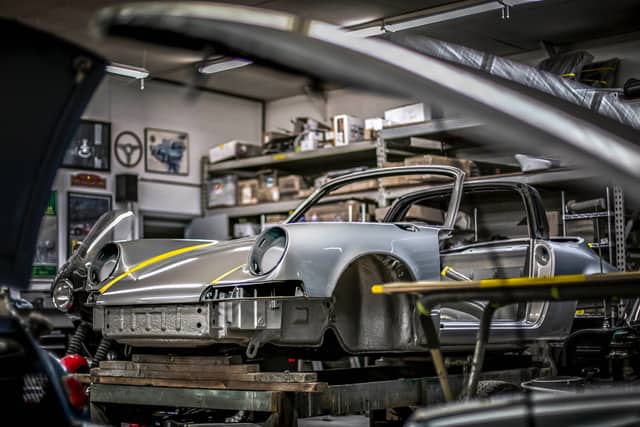
When visiting a shop take a thorough look around. Is the shop clean? How well is it organized? Does it have dedicated staff for specific jobs? Is there a painter, a fabricator, a mechanic? Does the shop outsource any work, such as interior or machine shop needs? If so, where is that work done?
Look at the restorations currently in progress. Check the quality of the work. If a car is down to bare metal, how nicely is the metalwork done? Look at the tools being used. Does the shop have an English wheel for metal forming? Is there a paint booth on site? Is it in good condition? Is there a dedicated engine room or engine and gearbox rebuilding area? Is that room or area clean and well organized?

How are projects organized? Does each car in the shop have a dedicated set of shelves to hold parts removed? Are those parts cataloged?
Talk to as many of the shop employees as you can. Ask questions about how each approaches their job. Are the staff true craftsman or merely parts changers? How long has each been doing this kind of work and why do they like doing it? Where did they learn their trade?
In regard to parts, where do they source their parts. All parts companies are not created equal and the cheapest parts often are not the best parts. Do they have the ability to recondition parts at the shop? Where does the shop send parts for plating and can you see before and after examples?
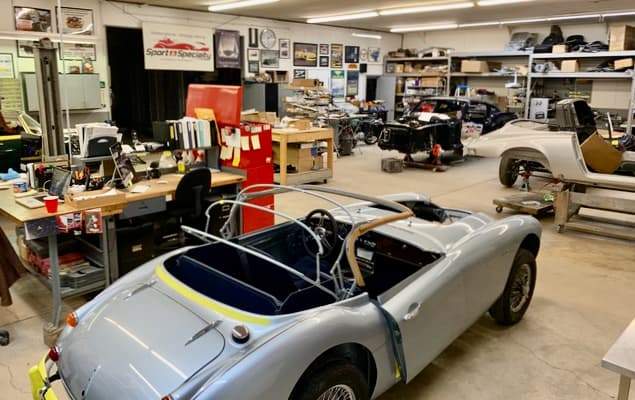
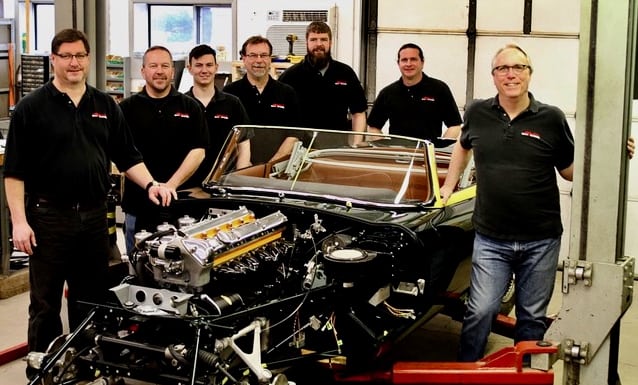
Next, and this is very important, how does the shop handle estimating and billing a job? The best restoration shops handle this very differently from many other businesses. A top-quality restoration shop is not likely to give you a hard estimate for how much a project will cost. This might make you nervous, but it should actually do quite the opposite.
The reason is that until your car is completely assessed thru complete disassembly and stripping the paint down to bare metal, the shop owner/manager really has no idea what exactly needs to be done or how many hours it will take. A car that looks good might have 200 pounds of body filler, which is not a hallmark of a quality restoration.
The best practice that top restoration shops employ for estimates for restorations is that they will give you a range of what it will cost to complete. If you have, for example, a Jaguar E-type, according to John Saccameno of Sports and Specialty Restorations, the job is not going to cost less than $150,000. For comparison, Kevin Mackay, owner of multiple concours-winning Corvette Repair Inc, estimates that to completely restore a 1971 Corvette LT1 coupe will cost a minimum of $100,000.

These estimates are for complete nut and bolt restorations, which is the only time a car can truly be called restored. The numbers are for a solid car that does not need extensive fabrication and has all its correct parts and pieces.
If the customer thinks this is too high there is no negotiation. A good shop knows what the costs are and will communicate that. The best shops are not going to lower the cost and, in the process, lower the quality of their work. That finished car is their calling card as much or more than it is yours. The best shops are also not going to take a loss on your job.
You as the customer should have a clear understanding from the manager/owner of the shop of how it bills. You should be concerned if the shop asks for a sizable up-front deposit. The most reputable shops bill monthly, acting as the bank until the first monthly invoice. They will then bill you for the work done and parts bought. They will provide a detailed invoice monthly.
The best shops will also work to help to manage the customers outflow of money by only ordering parts when needed. Some parts will be ordered quickly as they are historically long lead time items.
There are quite a few shops that take up-front deposits and this is where you need to be very careful. What exactly does the deposit cover? Is the money is for a completely new body for a rare car that the shop needs to buy from someone else, say a complete reproduction body for your 1967 Mustang as your car’s body is not salvageable. This is a rare instance where that first deposit might be appropriate.
The reason I harp on this is that it is a best practice for restoration shops that many shops do not employ. The billing model of no deposit with monthly billing means that your money is not paying for another customer’s restoration. It also allows you to remove your car from that shop if you are unhappy with the work, with no monies owed by you.
There are a fair number of restoration shops, usually ones that give aggressively low estimates, that soon find themselves underwater on their current restoration jobs and take deposits from new customers in the hope of covering the loss they are taking on the projects that came in before yours. This is a treadmill a shop owner is on and is next to impossible to get off of. If the owner of the shop asks for a 15 or 20 percent deposit on the total estimate of the job, say thank you very much and then find another shop.
The monthly billing should include a complete breakdown of jobs done, parts used, and the costs for parts, labor, and shop supplies. Some people grumble about the shop’s supplies line item, but sandpaper and other expendables cost a lot of money and it is not the shop owner’s responsibility to take on those expenses.
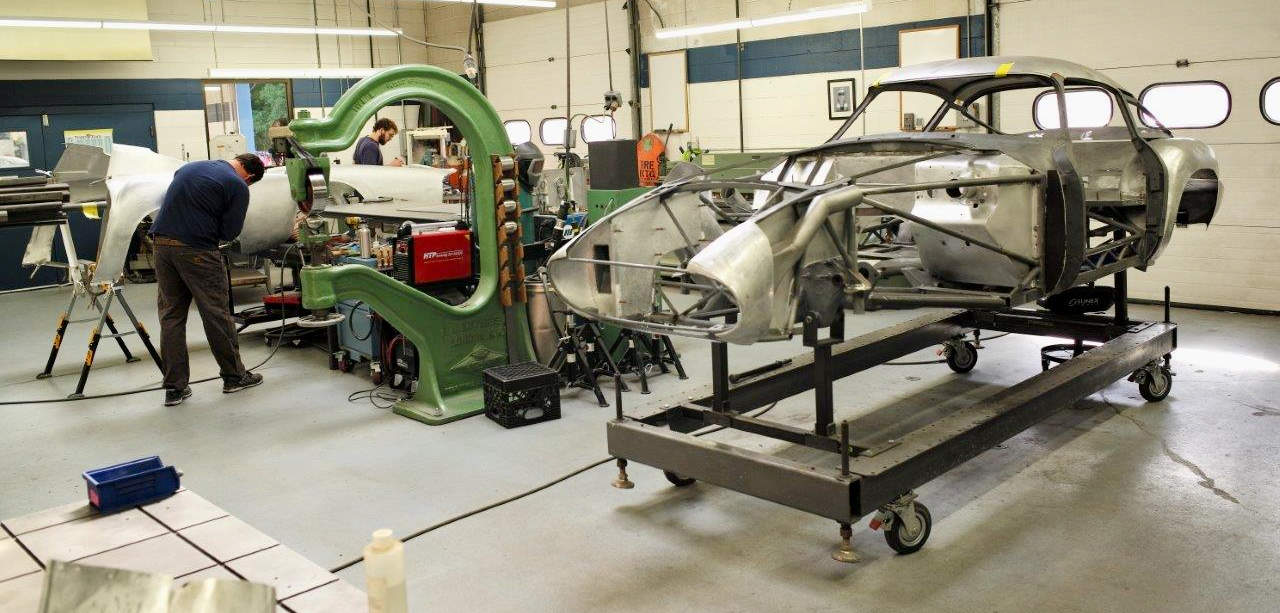
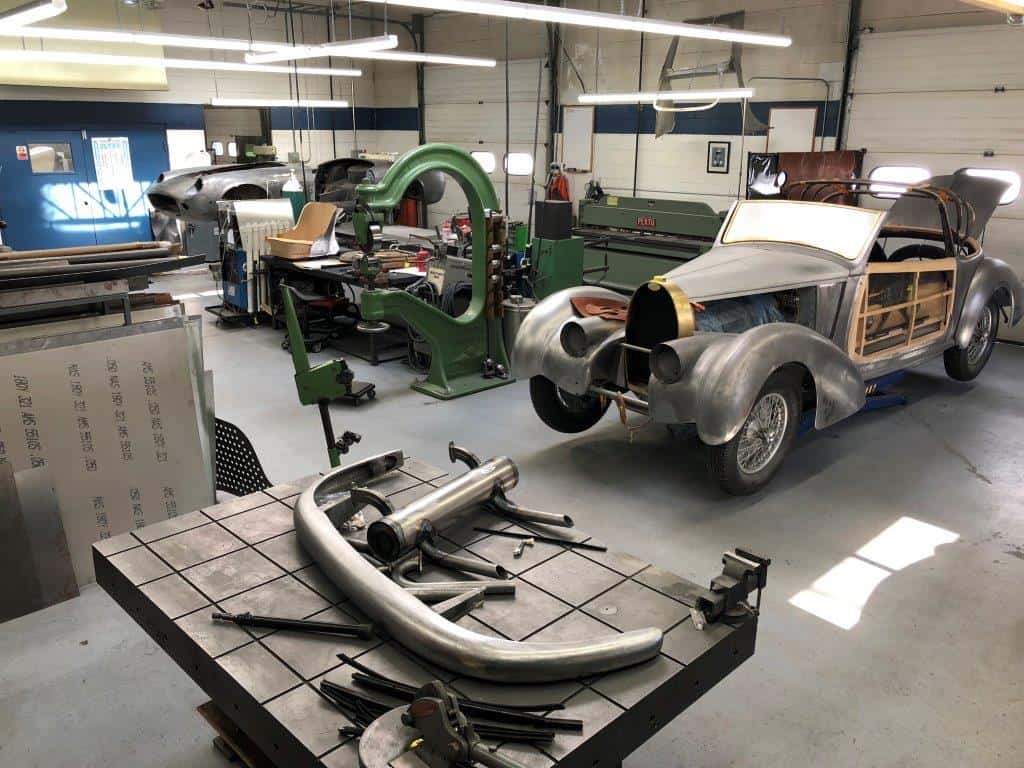
The other estimate you need to know is about time. Say you have decided to restore that 1971 Corvette LT1 coupe. It was a car your dad bought new and you want to bring it back to what it looked like when he first bought it. The car is a driver-level car, and everything works, but it just looks tired. According to Corvette restoration expert Kevin Mackay, restoration will take at least 12 months, and that is based on the car being a solid rust-free example.
Just for a comparison, we asked Saccameno how much time it took to restore an XKE and his answer was 24-30 months.
Small one- or two-man shops often will quote quicker times, but your car is not likely to be delivered with a quality restoration. In fact, it likely will take longer. The reason is that a fully staffed restoration facility car restores the various systems in parallel. This means that the engine tech can be rebuilding the engine while the body shop staff also does its work.
The reason for the variance and lack of hard numbers for a restoration projects is due to the time needed for fabrication. If more fabrication is needed, the project takes more time.
Finally, the restoration facility should make you a part of the process. It can do this a number of ways. The best shops make regular phone calls or emails to clients with attached photo galleries that show the progress of the project. You should ask the shop owner, if they do not ask you up front, to visit the shop on a monthly basis. This gets you involved with the process and lets you see how your dream car is progressing and you get to see why the process is so time consuming and expensive.
I have always done this, and it has made the process smoother as well as a lot more fun. It also never hurts to bring in donuts or some other snacks when you visit.
With all of this information, you should be fully armed to pick a high-quality restoration facility. Be sure to visit the shop and see current work and completed jobs. Get a few references from clients, steer clear of shops that charge large up-front deposits, and that give hard estimates regarding costs and time.
If the facility fits these guidelines, you have likely found the right shop and team to restore your car.



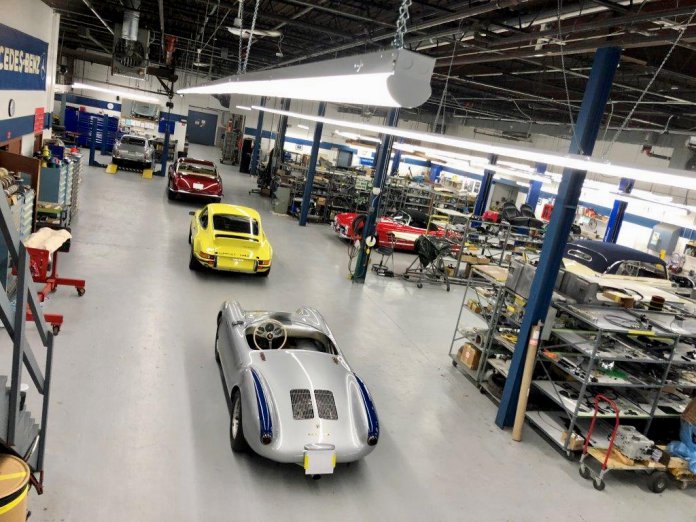
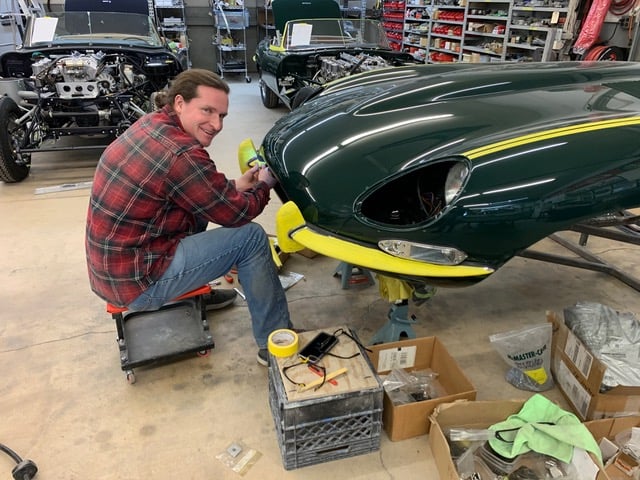


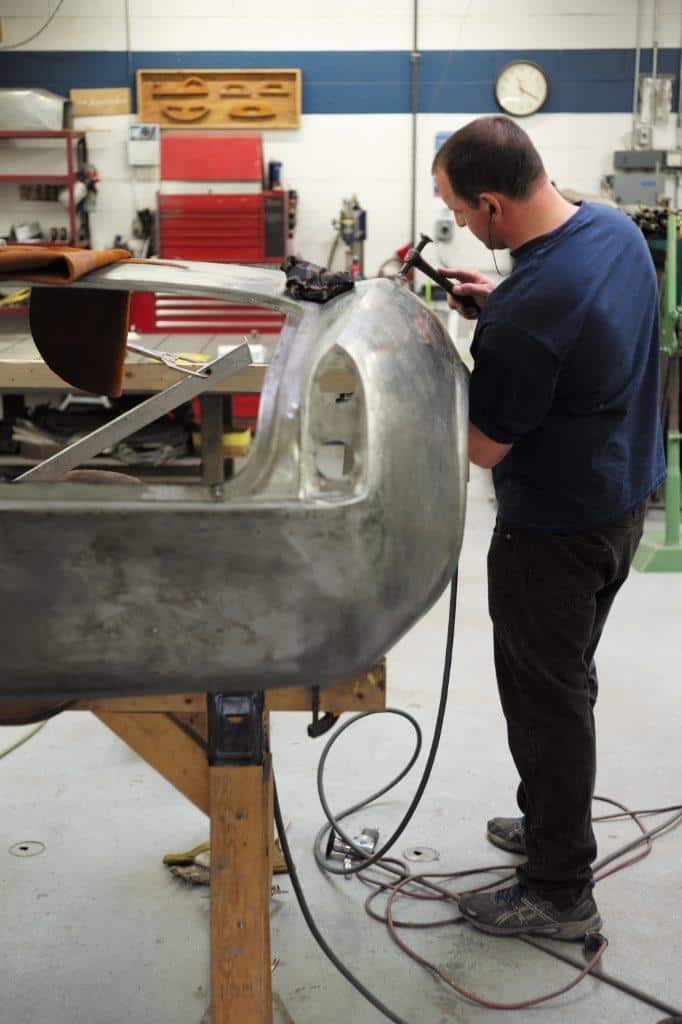


Thanks for this article Mr. Reid. It’s obvious car restoration is not for the person with limited funds. I have a 64 Buick Riviera that’s a nice car, but could use a mild makeover. Under dash a/c ducting, heater core replacement and new paint are a few things that needs done. Mechanically the car needs nothing. Upholstery is in great condition and the engine and transmission perform perfectly. What type of shop should I look for?
God bless America
Great article – thanks! What are the best online resources for listing / identifying capable car restoration firms?
i have a shop but i only take the customers i like. i have been working on British cars since 1962. restoring and building race cars of all types .i am also an scca national tech inspector . i have a 1958 950 turner that ran Sebring in 1959, i am the second owner. i have built many cars, several that now race in europe at goodwood, silverstone and the like . thanks for listening greg kozuhowski.
I’m a Classic Car Repair Expert and one tip that I would like to share in finding your restoration shop is to find out if they have the needed tools. The motivation behind my success is my experience one time that there’s a shop who didn’t accept me beacuse they don’t have other tools that needed to restore my car. From that experience, I get an idea to put up my own business.
Thanks, great article. I totally agree with the VISIT THE SHOP advice, a messy disorganized shop is usually indicative of a sloppy job. I would also ask for references….sometimes a difficult ask as clients don’t always like to be bothered but don’t just reply on published reference on the company’s web site. Visit the BBB and look at the ratings. Costs are tough and sticker shock is an issue for many. If this is YOU, your probably not a good candidate for this process. Restoration is expensive if done right. But, if you are going to restore, visit the shop, talk to previous clients if possible and arm yourself with as much information as possible.
Great article Andy. I own 61 Ford Galaxie Sunliner.
It’s been in the family since 1961. I’m not sure if the vehicle needs a full restoration or partial restoration. Would you be able to recommend three shops that meet your standards?
Thanks,
Anthony Long Island N.Y.